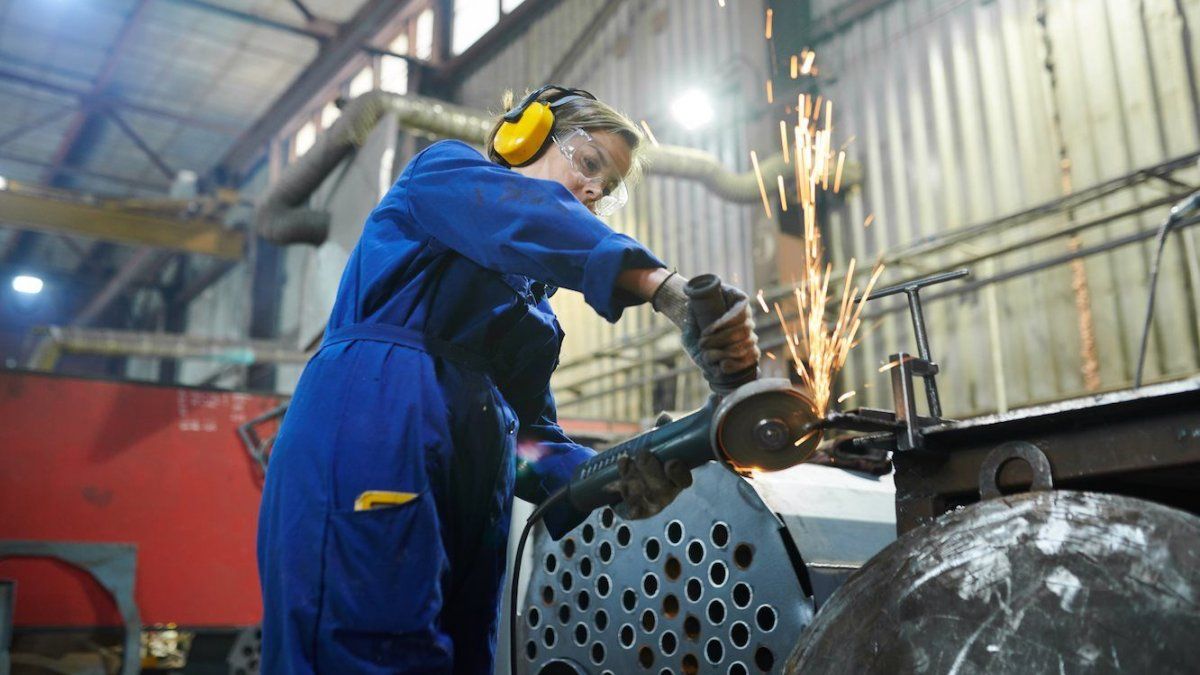As reported this week by INDEC, Economic activity rebounded in August after four months of decline, to grow 0.3% in the year-on-year comparison. And, according to a private survey, the trend would have continued in September.
According to the Index prepared by the consulting firm Orlando Ferreres, Activity registered an increase of 0.2% year-on-year last month, although it showed a contraction of 0.2% in the seasonally adjusted measurement compared to August.
This way, Despite the jump in inflation, the economy would have been sustained during September. Although, the firm clarified, the heterogeneity in performance between different sectors. By case, While extractive activities and trade continue to rise, industry, construction and agriculture remain in negative territory.
Towards the latter part of the year, this scenario could continue: It is estimated that consumption could be sustained, as a way of “hedging” against the acceleration in prices, while the lack of foreign currency will affect the functioning of the industry.
“We see great differences in the situation of the different sectors“On the one hand, activity in mines and quarries continues to lead the economic march, and commercial activity was the second sector with the greatest positive impact in September,” analyzed Ferreres, and detailed: “On the other end, agricultural activity, industry, and construction show the lowest results.”
“In the coming months we expect to see a greater economic declinethe magnitude of which will depend on the more or less orderly way in which the transition of political power is made,” the consulting firm’s study concluded.
In the coming months, although the industry will continue with a downward trend, consumption could cushion the drop in activity level. In this regard, LCG stated: “The devaluation implemented after PASO had as a correlation a higher nominal value, which eroded the purchasing power of consumers more quickly. As a result of this, the Government launched a large package of measures in order to stop the deterioration, announcing income supplements or tax relief for the equivalent of 1% of GDP. This could sustain consumption levels, but only in the short term and the effect could be marginal.”.
“In this sense, the advancement of consumption as a hedging mechanism against jumps in prices and/or exchange rates has worked as a shock absorber of activity. However, we do not expect this condiment to remain present for the last two months of the year, as a result of its depletion,” the firm added.
Along the same lines, economist Sergio Chouza, director of the consulting firm Sarandí, told Ámbito that “It seems that activity has hit a temporary floor”. “It is clear that countercyclical, compensation measures contribute to raising the floor on the margin. And also the macro effect, of the fall in demand for pesos, the increase in the circulation of money, in a context in which uncertainty plays a very important role, families seek to cover themselves in goods, they seek to consume. And savings lose place. “This contributes to putting a floor on the fall in consumption levels,” he analyzed.
Industry
For its part, industrial activity will continue to face difficulties in the latter part of the year, “conditioned by the availability of foreign currency for imports”, as pointed out by LCG.
In this regard, from FIEL they maintained that “Industrial production in September showed an impasse in the decline that had been occurring in the last four months”. “The result is explained by the rebound in the production of chemicals and plastics affected in 2022 by technical stoppages and the union conflict in the tire sector. The automotive industry, which is leading the growth, reduced the pace of activity compared to previous months, with some terminals affected by shortages of inputs.”
“With widespread problems of access to foreign currency, the activation of the second tranche of the currency exchange with China will be insufficient to boost activity. The scenario does not offer signs for a rapid recovery of industrial activity,” they explained from FIEL.
In this scenario, ACM predicts that towards the end of the year the economy will continue to “contract, mainly due to political as well as economic uncertainty.” “The acceleration of inflation, the lack of foreign currency and the widening of the exchange gap will probably have a negative impact on some sectors. In summary, we anticipate an annual contraction in economic activity close to 2.9%,” they concluded.
Source: Ambito




